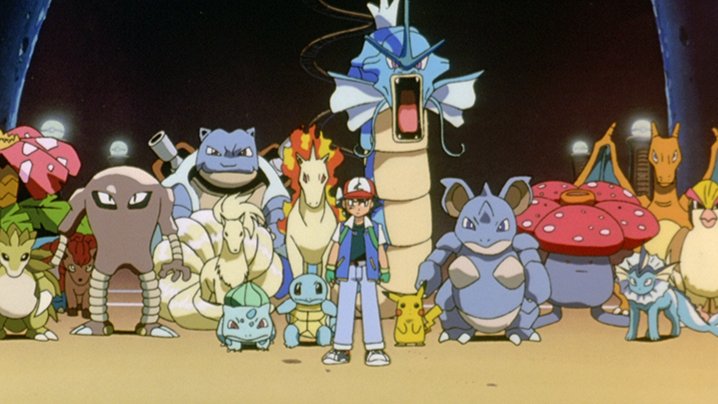Westerns have a certain appeal that fans of the genre look for. When people think of westerns, the most common of concepts that come to mind are gun fights, saloons, fillies, booz, beards, dirt, horses, the list goes on. For movies during the last half of the 20th century, Westerns didn't seem to be as popular as one thought. In order for these types of movies to work, the right cast, director and crew had to be involved to really get the viewers attention. With previous disasters like Michael Cimino's Heaven's Gate (1980), the genre took somewhat of nosedive in interest among viewers. It was later close to being killed off again after the next biggest (and strangest) disaster being Will Smith's Wild Wild West (1999). With those two bookending those two decades, there were others in between but not a whole lot. However, when learning that the director of Superman (1978) and the lead from Lethal Weapon (1987) would be working together to make a popular television western a major film, could there be a problem? It depends on how you see it.
 |
| "Cooper,...high five?" |
In their respective careers, both Mel Gibson and Richard Donner have made quite a filmography for themselves. Being that they are also from a time where they would remember older shows from the past seems right that they make an older property more mainstream. The script was adapted William Goldman (Butch Cassidy and the Sundance Kid (1969) and Chaplin (1992)), of where viewers are introduced to Bret Maverick (Mel Gibson), a career poker player who looks to enter a major game but lacks the funds. To attain his entrance fee to the game, Maverick goes around looking for ways to make that money, leading to all sorts of comic relief events. Of those moments, Maverick comes across filly thief Annabelle Bransford (Jodie Foster), Marshal Zane Cooper (James Garner) and hotheaded gamer Angel (Alfred Molina). Aside from the main cast, there are several other names to boot like: Graham Greene as pseudo Native American, Geoffrey Lewis playing a friendly banker, Paul L. Smith as a French Diplomat and even Art LaFleur, Dan Hedaya and Danny Glover all as gunslingers.
The problem is even with this, the overall execution of the story does not feel like a western. Very few events that take place in this western setting feel like it belongs to one. Instead, much of it feels like a parody of sorts due to its tone. That's not to say these scenes aren’t funny but the film's trailer presented itself as more a lighthearted western with some comedy. Not the other way around where it's all comedy and less western. This also doesn't mean the actors perform badly either. Mel Gibson as Bret Maverick has a number of good lines that make him a smart and likable character. An ongoing joke is that people call him Bert Maverick, which gets him annoyed. Jodie Foster as the slippery crime filly is fun to watch too. Her ability to trick people just by her looks makes her quite dangerous if one isn't paying attention. James Garner as Cooper has his moments as well, showing both a caring and selfish side. The most creative of the supporting characters is Graham Greene's role. It's interesting that he would play a fake Native.
This could've be one of the funnier parts to the film. What if the Native Americans were just putting on a different face when talking to the Europeans? It's completely oddball and clever. Yet as unique as this is, the film suffers from an over packed running time. There are some particular parts to the story that could've been cut to help slim down viewing experience. The biggest time user of them all is the actual gameplay this movie focuses on. That being Poker. This is also one of the more surprising things about this western. One would expect that since it's a western, the climactic finale would be dealing with a showdown or some kind of deadly match. In place of that, viewers watch Mel Gibson and characters play a poker game with each other until the last individual is standing. Unless one is a true poker fanatic, no one will know how to play the game the right way. This in turn could make the game less tense. How engaging will the game actually be for a nonplayer?
 |
| Graham Greene (right) |
The cinematography handled by Vilmos Zsigmond is nothing short of great. Being that Zsigmond has worked numerous projects dating back to the early 1960s, his ability to capture the right look has only gotten better. Just like his work in Heaven's Gate (1980), Zsigmond sets the stage for amazing looking western backgrounds. That means including every bit of the land from top to bottom. There's even a great scene that involves a canyon and it looks so spectacular. Very few cinematographers can master the art of capturing all of the land but Zsigmond seems to have figured that out. The musical score composed by Randy Newman was an interesting addition as well. Considering this score was created only a year before Toy Story (1995), it's funny to hear cues that sound like they belong to Pixar's animated classic. The sound of the music is utilized with organic orchestra that has all the signature themes that only Randy Newman could resurrect. The score itself is fun to listen to and does fit the western setting.
This is a fun western poker game movie but don't expect it to be more western than that. There are some shootouts but majority of the tone is comedic and has more parody like scenes than western ones. Nonetheless, the actors, cinematography and music all make it a tolerable goofy watch.
Points Earned --> 6:10







